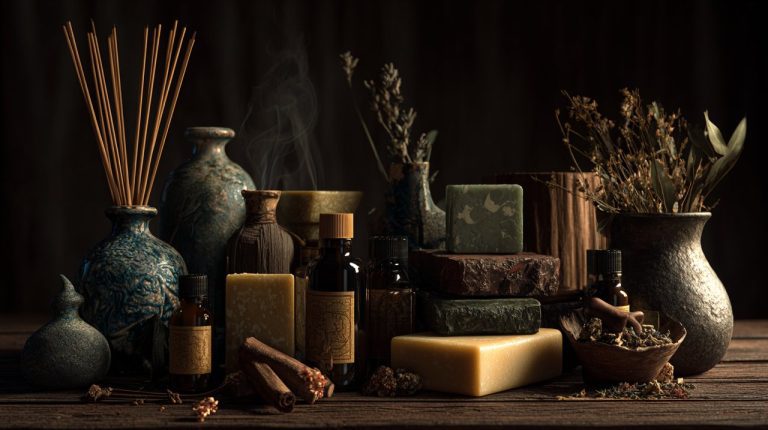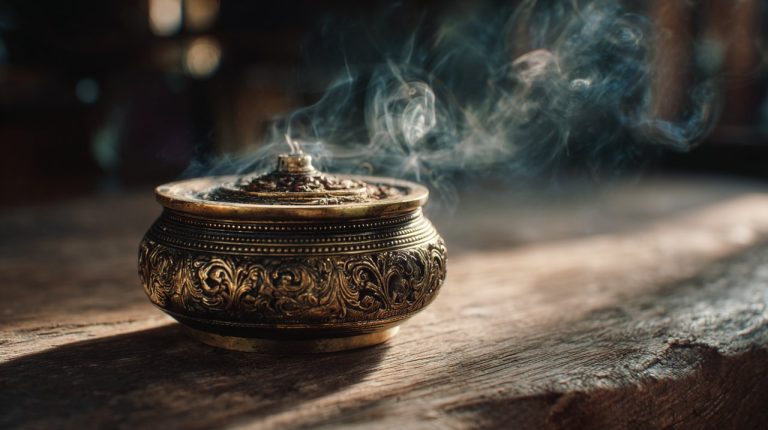Incense, a fragrant substance burned for its aromatic smoke, has been a cornerstone of spiritual practices, meditation, and cultural rituals across civilizations for millennia. Its presence often signifies reverence, purification, and an intentional connection to the sacred. Understanding incense extends beyond its pleasant scent, delving into a rich history of symbolism and therapeutic applications.
What is Incense and Why Does It Matter?
Incense serves a multitude of purposes beyond simply scenting a space. Historically, it has been used in religious ceremonies to honor deities, purify environments, and aid in prayer and meditation by creating a focused atmosphere. From ancient temples to Buddhist monasteries, the rising smoke is often seen as a bridge between the physical and spiritual realms, carrying intentions and prayers upwards.
Incense also plays a crucial role in enhancing mindfulness and well-being. The act of lighting incense can become a mindful ritual, signaling a transition into a state of calm or concentration. Different aromatic profiles evoke specific moods, from grounding and soothing to uplifting and clarifying, making it a versatile tool for personal development and spiritual growth.
Exploring The Diverse World of Incense
The world of incense is incredibly rich, offering a vast array of forms, fragrances, and cultural origins. Each type carries its unique history and intended use, inviting a journey of discovery.
- Stick Incense: Common, with or without a bamboo core. Versatile for daily use and meditation.
- Conical Incense: Self-supporting cones, ideal for specific rituals or shorter burn times.
- Backflow Incense: For specialized burners, creating a mesmerizing smoke waterfall effect.
- Resin Incense: Pure natural resins (e.g., frankincense), burned on charcoal for potent, authentic aromas.
- Tibetan Incense: Hand-rolled, pure natural ingredients, deeply rooted in spiritual traditions, similar to the cultural significance of a Tibetan bracelet. Often used for meditation and purification alongside mala beads.
- Aloeswood (Agarwood): Highly prized, rare, known for its complex aroma and profound spiritual significance.
How to Mindfully Integrate Incense into Your Practice
Incorporating incense into your daily life can be a simple yet profound way to cultivate mindfulness and enhance spiritual practice. It's not just about lighting a stick; it's about the intention behind the act.
- Choose Your Incense: Select a type and scent that resonates with your intention (e.g., sandalwood for grounding, frankincense for purification).
- Select a Burner: Use an appropriate, safe burner (ash catcher, backflow burner, censer). Place on a heat-resistant surface.
- Set Your Intention: Before lighting, take a moment to set a clear intention for what you wish to achieve.
- Mindful Lighting: Light the tip until it glows, then gently blow out the flame. Observe the smoke and its effect.
- Post-Burn Care: Allow to burn completely. Dispose of ash safely and clean your burner regularly.
Understanding the proper use of an incense burner, as detailed in our comprehensive guides, is key to a safe and enriching experience.
Incense offers a tangible connection to ancient wisdom and personal well-being, transforming ordinary moments into sacred rituals. By exploring the diverse forms and mindful applications within this category, you can discover how to harness the power of aromatic smoke to purify your space, deepen your meditation, and attract positive energies.












